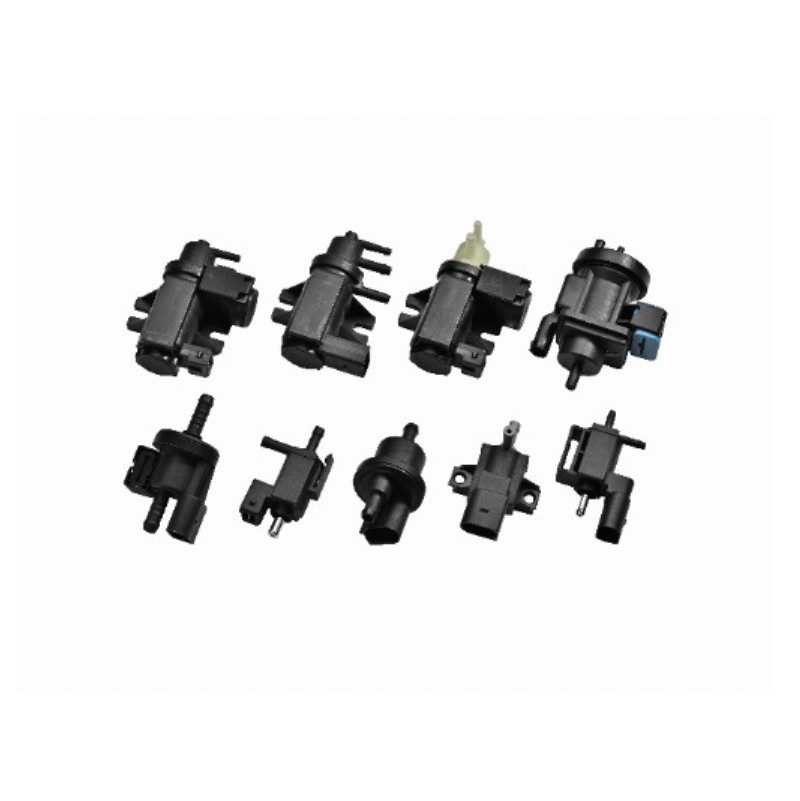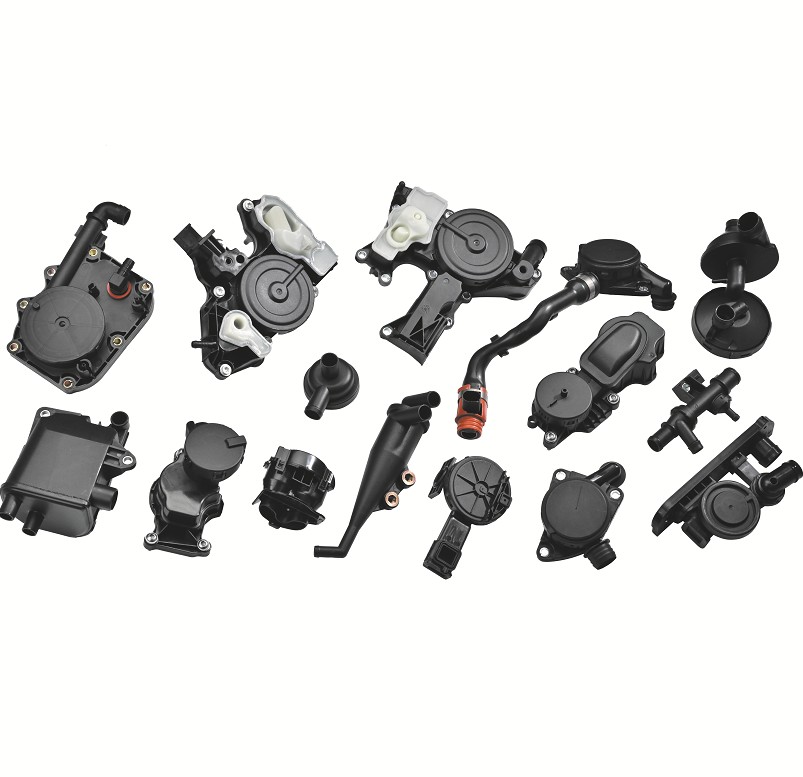The PCV valve is one of the key components in the emission control system of modern engines. Its main function is to reintroduce the harmful gases escaping from the engine crankcase into the intake manifold so that they are burned again during the combustion process, thereby reducing the pollutants directly discharged into the atmosphere. In order to achieve this goal, the PCV valve must have good dynamic response capabilities and be able to flexibly adjust the ventilation volume according to the operating status of the engine under different working conditions to ensure that the engine can operate efficiently and environmentally friendly under various conditions.
1. Idle working conditions
In the idle state, the engine speed is low, the intake volume is small, and the vacuum in the intake manifold is high. At this time, the opening of the PCV valve is small, allowing only a small amount of crankcase gas to pass through. This low ventilation setting helps to maintain the stability of the idle speed and avoid the air-fuel ratio being affected by too much gas entering the cylinder, thereby affecting the stability of the idle speed. At the same time, due to the small intake volume, the low opening of the PCV valve can also reduce the impact on the intake system and ensure the emission control effect at idle.
2. Medium load condition
When the engine is running at a medium load, the intake volume increases and the vacuum in the intake manifold decreases. At this time, the PCV valve is partially opened under the action of the spring force, and the ventilation volume gradually increases. This adjustment mechanism helps to discharge the gas accumulated in the crankcase in time to avoid pressure increase or oil deterioration caused by gas retention. At the same time, as the ventilation volume increases, the pressure in the crankcase is released, which helps to maintain the normal operation of the engine.
3. High load condition
When running at a high load, the intake volume of the engine increases significantly, and the vacuum in the intake manifold is further reduced. At this time, the PCV valve is fully opened and the ventilation volume reaches the maximum value. This high ventilation volume setting helps to quickly introduce a large amount of gas in the crankcase into the intake manifold, so that it is completely burned during the combustion process, thereby reducing emissions.
At the same time, high ventilation volume also helps to reduce the pressure in the crankcase to prevent detonation or damage to engine components due to excessive pressure.
4. Backfire Condition
When the engine backfires, i.e. a brief flame flashback in the exhaust system, the PCV valve closes quickly to prevent the flame from entering the crankcase area through the ventilation system. This quick response mechanism can effectively prevent the flame from spreading in the crankcase, thereby avoiding more serious explosions or damage. After the backfire occurs, the PCV valve usually reopens and resumes normal ventilation to ensure the continued operation of the engine.
5. Shutdown State
When the engine stops running completely, the vacuum in the intake manifold disappears and the PCV valve closes to prevent the outside air and exhaust gas from flowing back into the crankcase. This closed state helps maintain the tightness of the crankcase, prevents oil evaporation and gas leakage, and thus prolongs the service life of the engine. In addition, the closure of the PCV valve in the shutdown state also helps to reduce unnecessary gas flow and improve the overall efficiency of the system.
6. Acceleration Condition
During the acceleration process, the engine speed and intake volume rise rapidly, and the vacuum in the intake manifold changes greatly. At this time, the PCV valve will dynamically adjust the opening according to the real-time intake manifold pressure difference to ensure that the ventilation volume matches the engine's operating requirements.
7. The impact of temperature changes on the PCV valve
In addition to changes in operating conditions, temperature changes will also affect the ventilation volume regulation of the PCV valve. During cold start, the engine temperature is low, the oil viscosity is high, and the gas flow resistance in the crankcase is large. The PCV valve may need a smaller opening to avoid excessive ventilation. When running at high temperatures, the oil viscosity decreases, the gas flow resistance decreases, and the PCV valve can increase the opening appropriately to improve ventilation efficiency.
8. The auxiliary role of electronic control systems
In modern cars, many PCV valves are equipped with electronic control units for intelligent control. The ECU can adjust the opening of the PCV valve in real time according to the operating status of the engine, thereby achieving more precise ventilation volume control. This electronic control method not only improves the response speed and adjustment accuracy of the PCV valve, but also optimizes the engine's emissions and performance according to different driving conditions.


 English
English русский
русский Español
Español Deutsch
Deutsch











